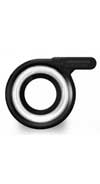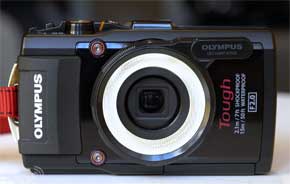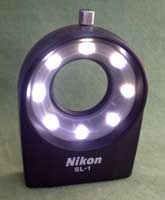Photographing Australian Plants
Flash — some thoughts for flower photography
Using natural light or flash
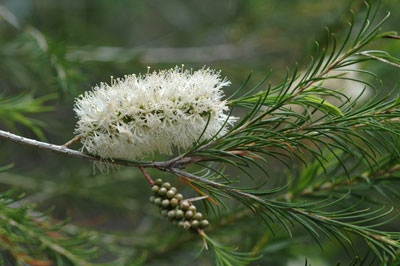 Melaleuca armilaris, overcast lighting (click to enlarge) Natural light, either sun or diffuse (as above) gives a more natural look. Often there is less depth-of-field because a larger apperture is used. |
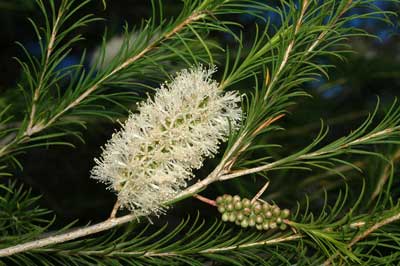 Melaleuca armillaris, flash lighting, (click to enlarge) Flash lighting allows a very small apperture to be used, this results in greater depth-of-field, giving the photo a 'sharper' though less natural look. Light coloured flowers stand out against the darker background. (this particular flash set-up is explained here) |
Pros and cons for using flash or natural light for flower photography
Bright sunshine
|
Overcast or cloudy
|
Flash lighting
|
Types of flash (or LED ring-lights)
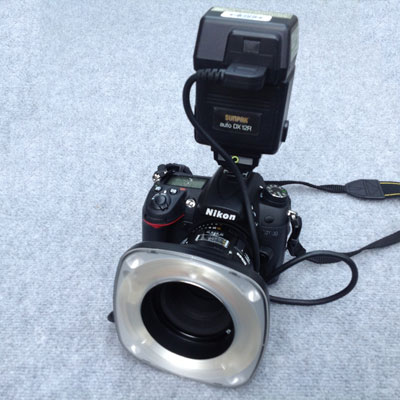 A genuine 'ring-flash' with the strobe-light in a circle around the lens, this one is produced by SunPak. |
The Nikon 'ring-flash' is actually two strobe-lights, one on each side of the lens. |
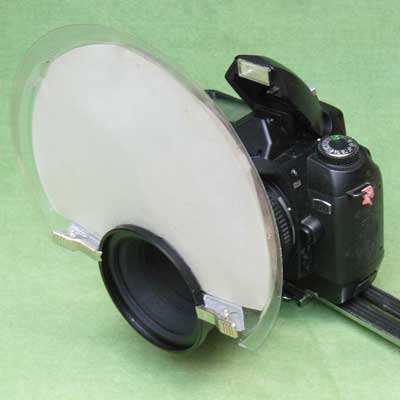 This is a home-made macro flash system, diffusing the light from the camera's built-in strobe, reducing its intensity for close-up work and avoiding the shadow of the lens for extreme close-ups. (see here for more information) |
|
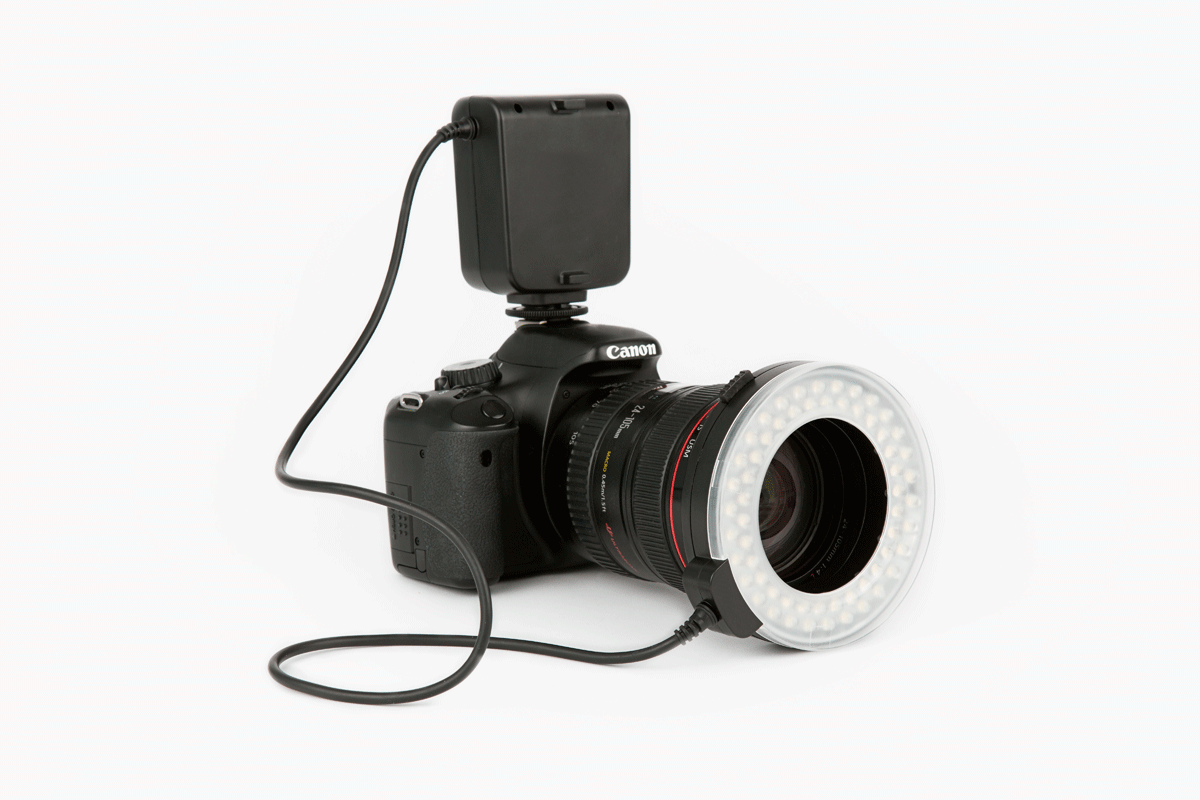 |
Oh! Wow. Ring LightThe Oh! Wow. Ring Light (left) is a ring flash and constant light that fits a Canon or Nikon DSLR. Simply plug it into your hot shoe and pop it onto the front of your lens for even lighting with 3 brightness options. At the time of original writing (Sept. 2014) this product had only been seen as an advertisement on the Photojojo website with a selling price of $99. The website no longer appears online as of August 2021 but a review of the light in PCMag Australia on 9 April 2014 indicates that the Gisteq Flashmate LED RingFlash is the same product. |
![An Australian Government Initiative [logo]](/images/austgovt_brown_90px.gif)


